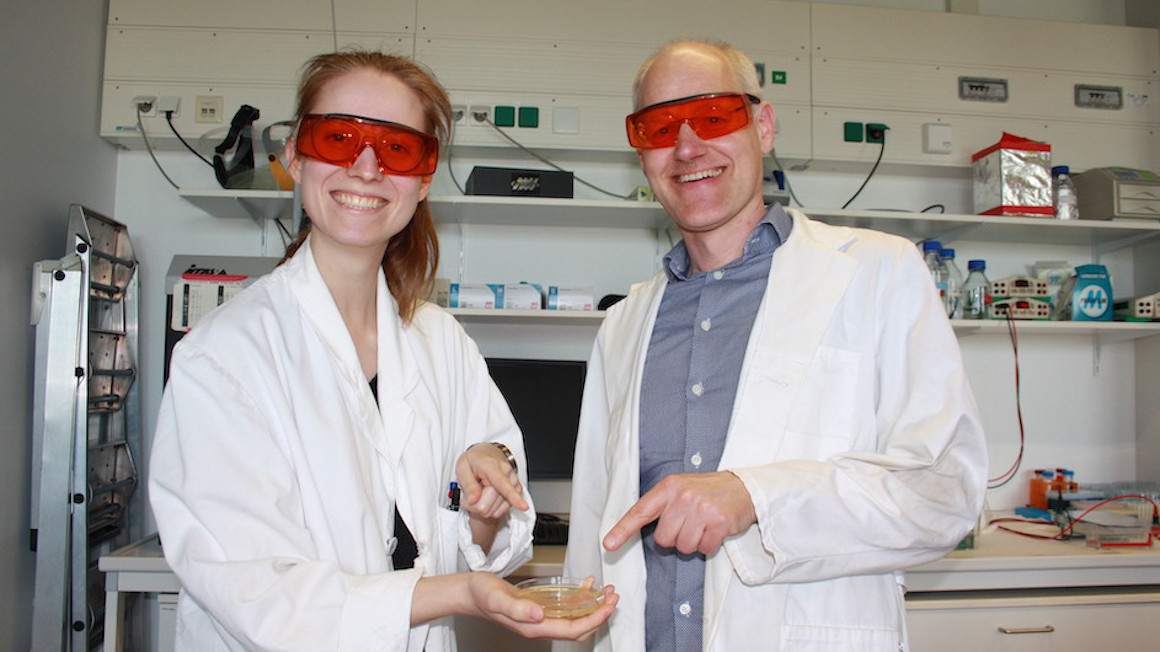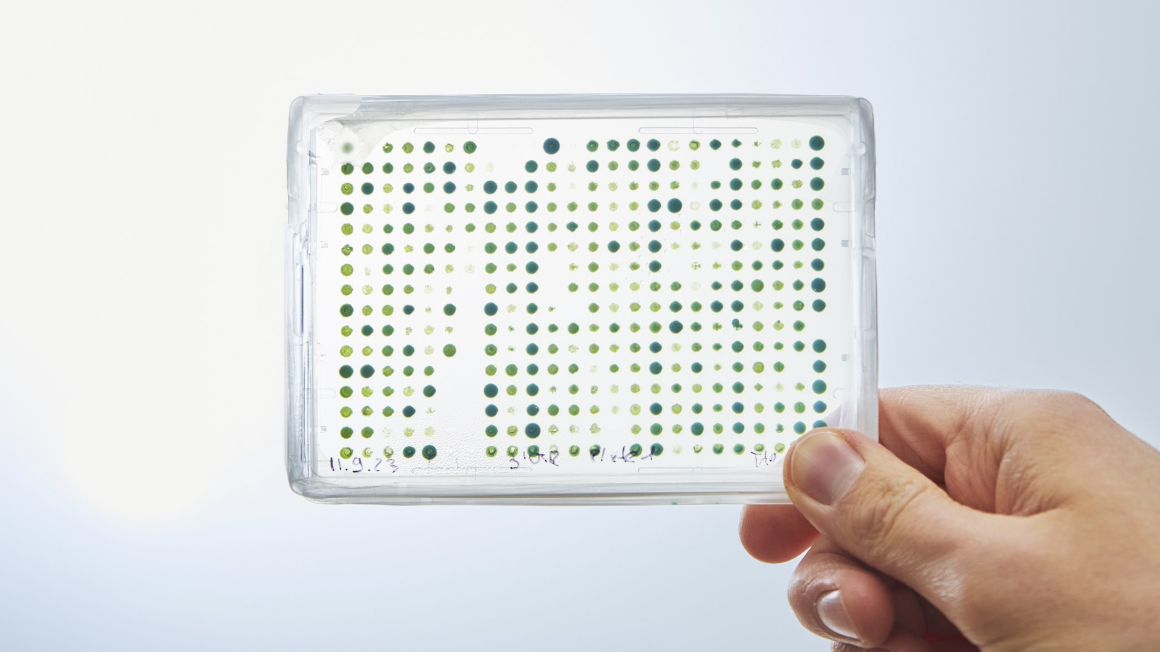Red light sensor modified for bacteria
Researchers at the University of Bayreuth have changed the sensitivity of bacterial systems for controlling gene activity to red light, opening up new possibilities in the biotechnological application of bacteria.

In biotechnology, microorganisms have long been used to manufacture products for medicine, agriculture or the chemical industry or to boost industrial processes. However, bacteria are also becoming increasingly important in the diagnosis and treatment of diseases. New possibilities could now open up in the biotechnological application of bacteria. Researchers at the University of Bayreuth have laid the foundation. A team led by Stefanie Meier and Andreas Möglich has succeeded in modifying the light sensor of bacteria so that it reacts more sensitively and quickly to red light.
Gene activity of bacteria changed under red light
As the team reports in the journal Nature Communications, the sensitivity of bacterial systems for controlling gene activity to red light was altered and their molecular response to the light stimulus was reprogrammed. Bacteria are also constantly confronted with changes such as light or pH value and have to adapt to the new conditions. During these processes, which take place at a molecular level, phosphate groups are added or removed. In many bacteria, a two-component system consisting of a light-sensitive enzyme and a regulator is responsible for this. The regulator then triggers further molecular processes in the bacteria, including a change in gene activity, which can be used to produce almost any protein.
Modifying the bacterial two-component system
As part of the study, the researchers have now modified such a bacterial two-component system and thus demonstrated that the response of bacterial systems to external stimuli can be systematically modified.
Specifically, the light-sensitive unit of the two-component system was exchanged for another in the model. According to the researchers, this made the two-component system ten times more sensitive to red light than the original variant. The reason for the higher sensitivity to light is therefore the altered activity with regard to the phosphate groups.
"In the modified two-component system, the phosphate groups were split off more quickly under red light compared to the original system. This means that the system is inactivated even at low red light intensities," the team writes. The length of the connection between the light-sensitive unit and the rest of the enzyme, the so-called linkers, was also changed. This showed that "systems with modified linkers exhibit contrasting properties in light regulation and signal response at the genetic level compared to the original systems".
Novel tool for biotechnology
The researchers are convinced that these more sensitive and active bacterial systems can serve as "novel instruments for applications in synthetic biology and biotechnology". For example, bacteria could be directed to the right places in the body and release active substances or produce proteins through targeted activation with red light. "The results obtained from this model system have general relevance for countless systems of this kind, which regulate important bacterial responses such as development, movement and infectivity. In addition, we are creating systems that can be used directly in biotechnology, which allow the production of any proteins to be activated by red light," says Andreas Möglich.
The study was carried out in cooperation with the University of Jyväskylä, Finland, and was funded by the German Research Foundation and the EU project FET Open NEUROPA.
bb


